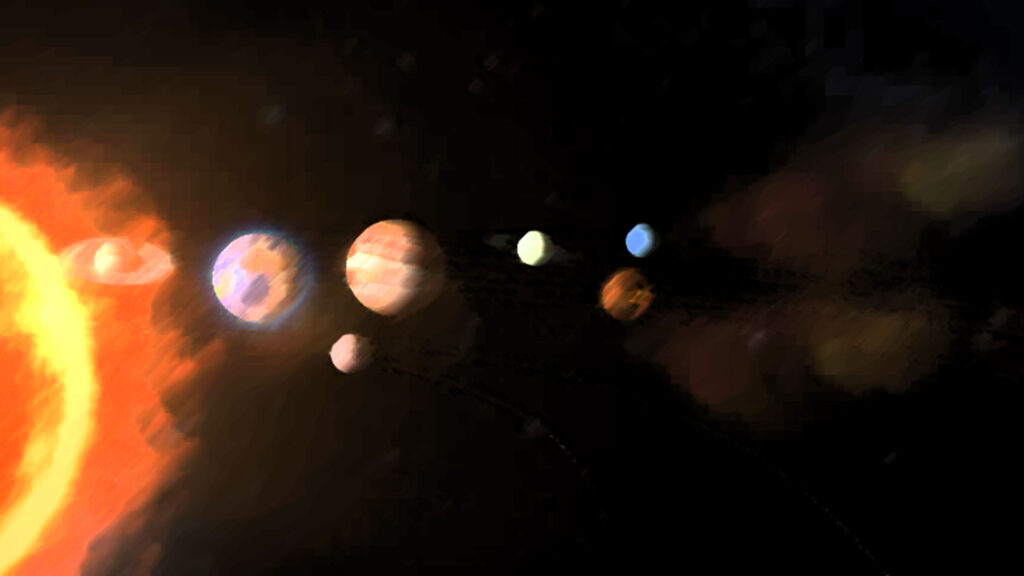
The universe is incredibly large. It is everything we see, feel, hear around us. It includes people, animals, plants, planets, galaxies, in short everything. Scientists believe that the universe has existed for about 14 billion years.
Astronomers measure distances in light years. A light year is the distance light travels in a year. There are more stars in the universe than grains of sand on all the beaches in the world!
Is there extraterrestrial life?
The only known place for us to know that there is life is the Earth. There may be life on other planets, as long as there is the right temperature and liquid water.
Our Sun is a yellow dwarf, a relatively ordinary star composed mainly of hydrogen. At its core, hydrogen is converted to helium, releasing huge amounts of radiation.
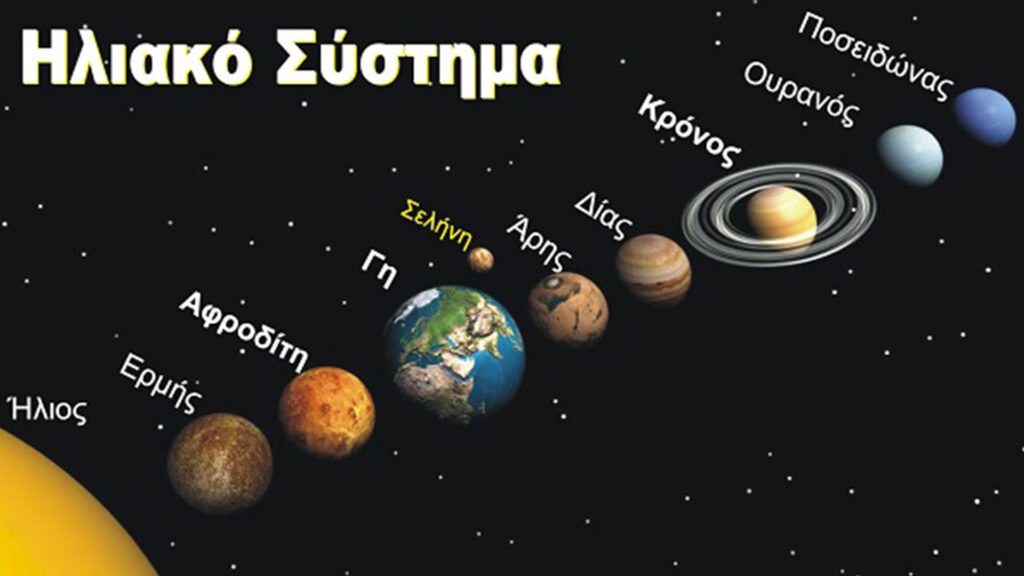
Our solar system consists of the Sun, eight planets, as well as countless comets and asteroids. In the center is the Sun whose gravity holds everything in orbit around it. The planets of our solar system are eight and are in order of distance from the Sun, Mercury, Venus, Earth, Mars, Jupiter, Saturn, Uranus and Poseidon.
Mercury - the messenger of the gods
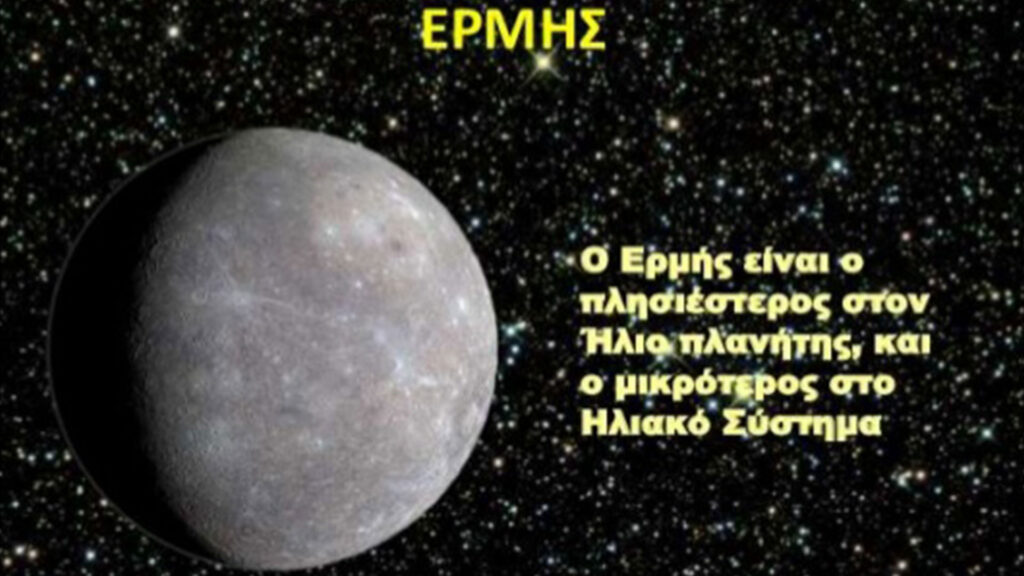
It is the smallest planet in the solar system and the densest, with temperatures ranging from -173˚C to 427˚C. Mercury has no atmosphere, so it can not retain heat. Duration of orbit on earth days: 88.
Venus - the goddess of love
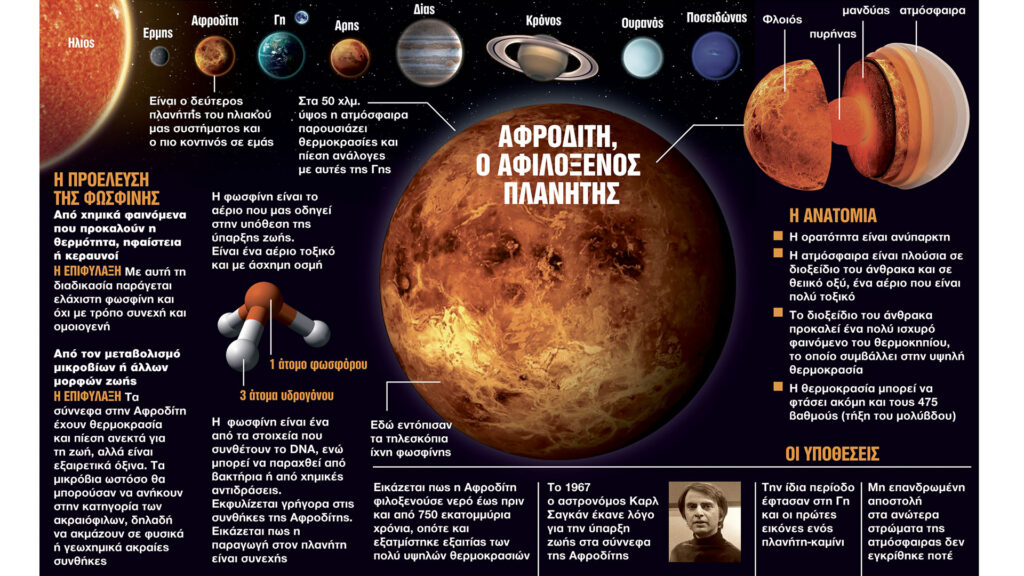
Venus is the same size as Earth, but it is completely different. Its atmosphere is incredibly dense and the temperature is so high that everything would burn. It is covered by acid clouds that trap heat. Duration of orbit on earth days: 224.7.
Earth - Gaia, primordial deity
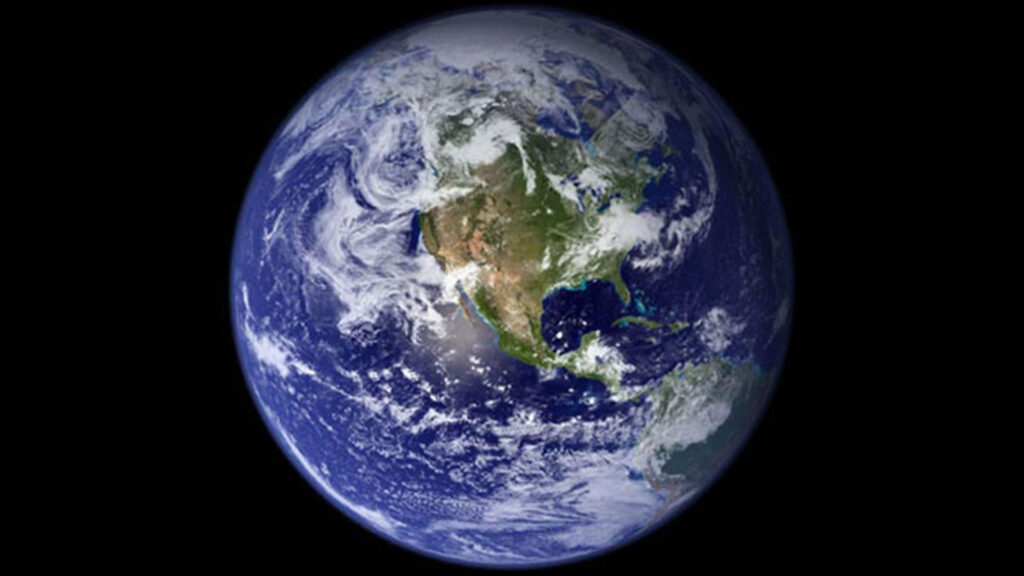
Earth is the only planet in our solar system that is inhabited, according to what we know. It is located at a suitable distance from the Sun, has a temperature ideal for the growth of living organisms, has plenty of water in liquid form and oxygen. Duration of orbit on earth days: 365.2.
Mars - the god of war
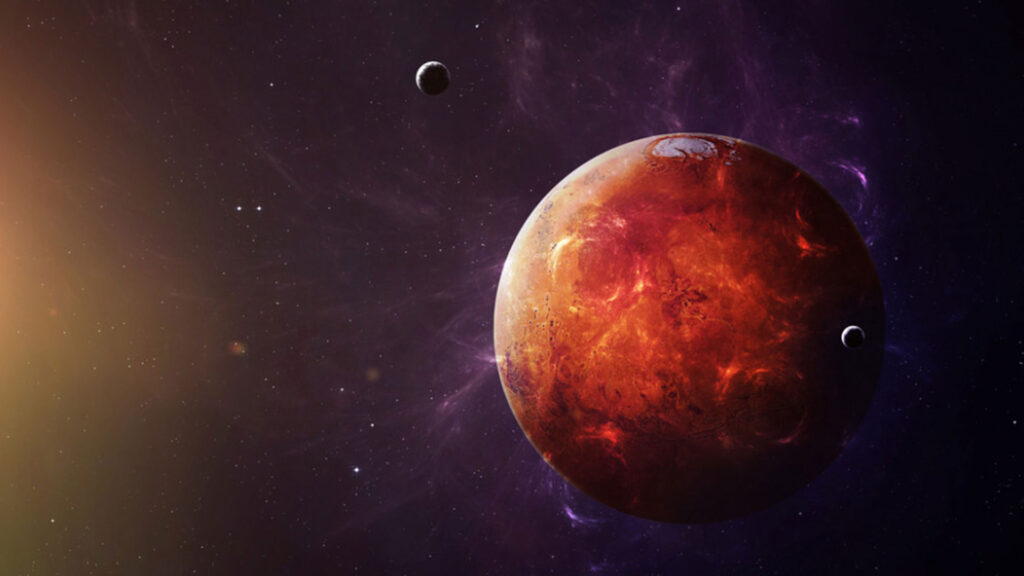
Mars is a planet very close to Earth. Its surface is like a desert, as it is covered mainly by dust and stones. Its poles are frozen, but without the presence of water in liquid form, the creation of life is hitherto impossible. Duration of orbit on earth days: 687.
Zeus - the father of the gods
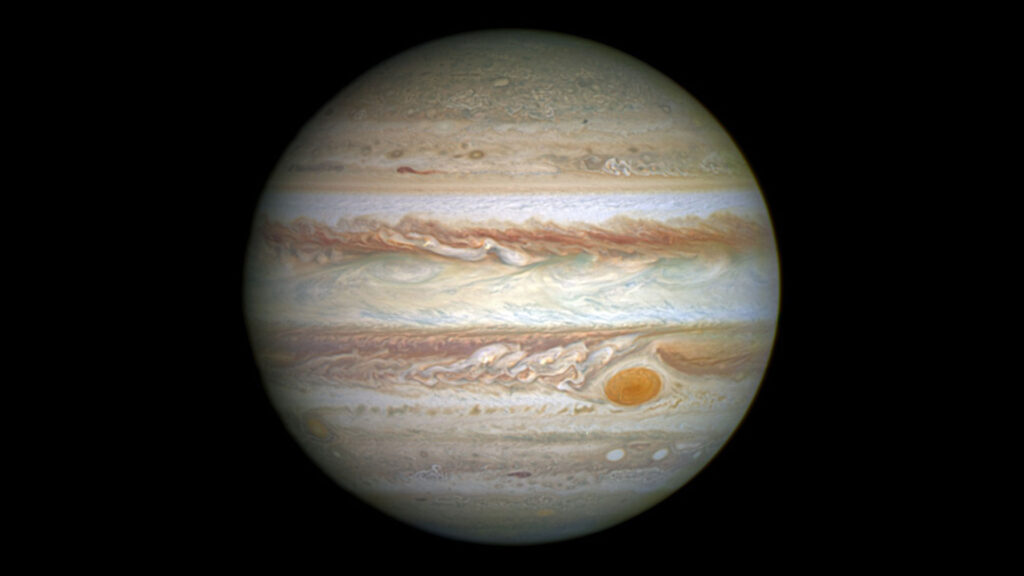
It is the largest planet in our solar system consisting mainly of hydrogen. It is so large that all the other planets could fit inside it. Storms are raging in its dense and cloudy atmosphere. The longest, lasting about 300 years, is called the Great Red Spot. Duration of orbit on earth days: 12 years.
Jupiter - the leader of the Titans
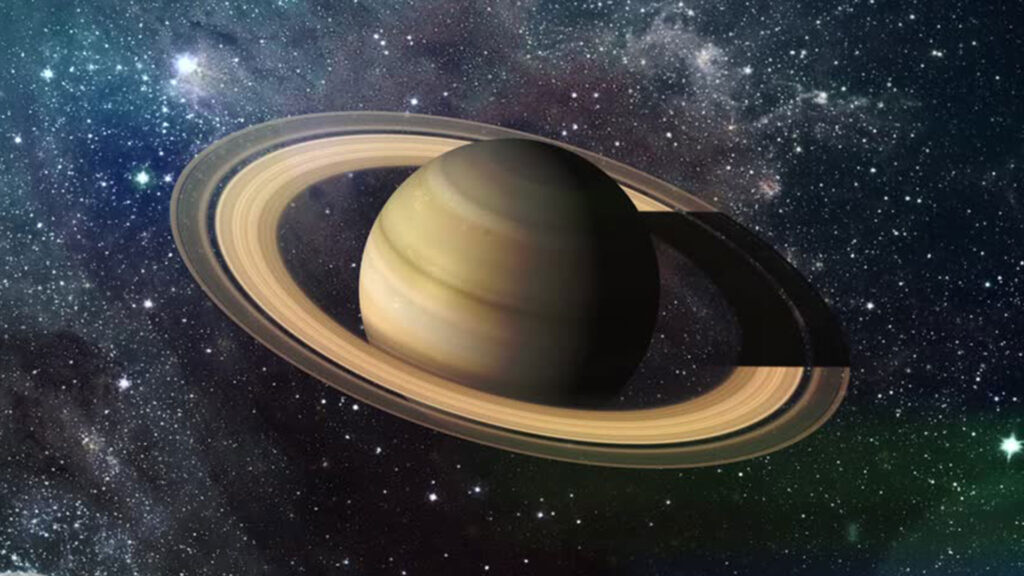
Jupiter is a very large planet full of gases and mainly hydrogen. Its rings are made up of billions of small pieces of ice which are the remaining pieces of a moon that came very close to Saturn and dissolved. Duration of orbit on earth days: 29.5 years.
Uranus - the god of the celestial dome
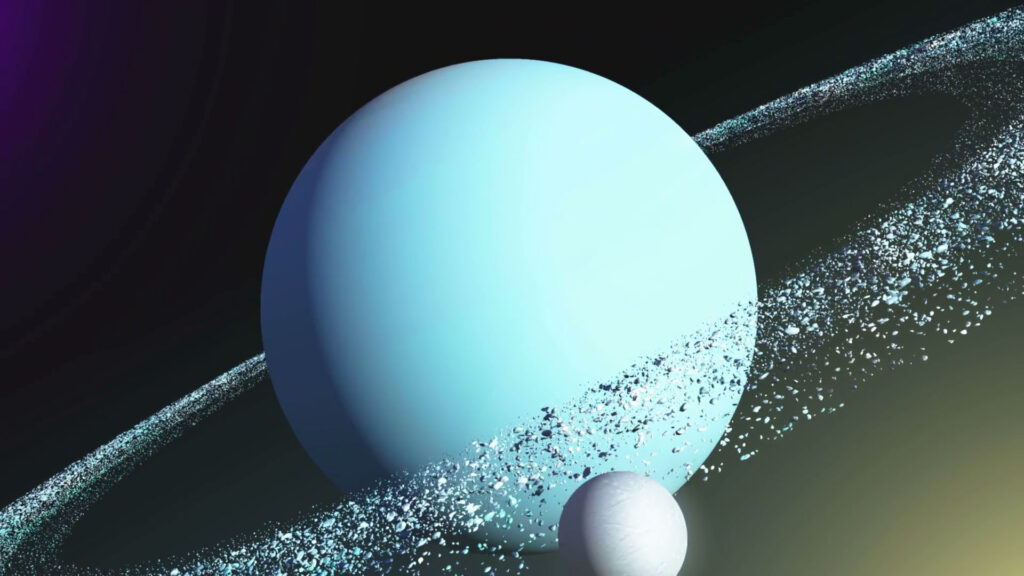
Uranus consists for the most part of water and ice. It has 11 thin and dark rings and the planet rotates obliquely. This may be the result of some very large conflict that may have occurred in the past. Duration of orbit on earth days: 84.01 years.
Neptune - the god of the sea
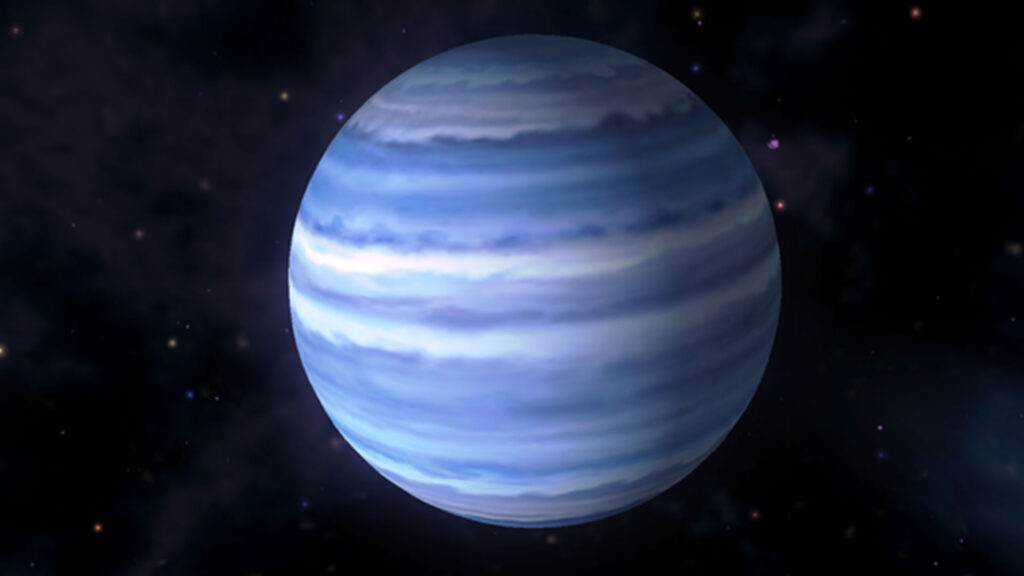
Poseidon is an icy planet and this is because it is very far from the Sun. Poseidon is thirty times farther from the Sun than the Earth. Its surface is affected by terrible storms and winds. It has six thin and dark rings. Duration of orbit on earth days: 165 years.
Moon
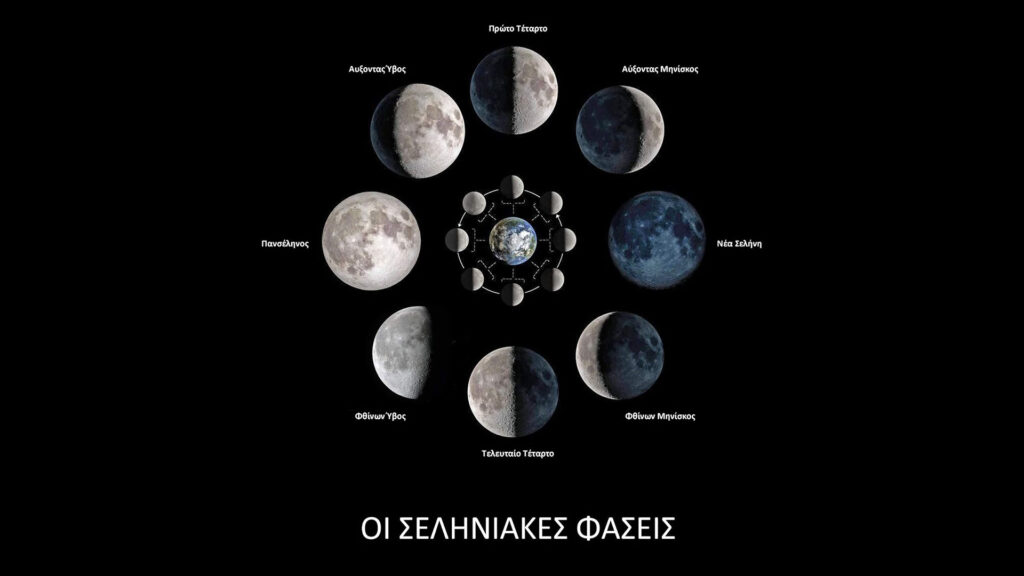
Finally, we can not but talk about our Moon, whose name comes from the saddle, that is, light! The distance from the Moon to the Earth is 384,000 km and a journey from Earth to the Moon by spaceship takes three days. The dark areas on its surface are nothing but ancient lava seas. It has no atmosphere, but it has water at its poles. The Moon always looks at the Earth from the same side, and so we see only one part of it!
As the Moon revolves around the Earth, it seems to change shape every night. This is because a different part of it is illuminated by the Sun, that is, the faces that our moon takes depend on its position in relation to the Earth and the Sun. On the full moon, the entire side of the Moon facing the Earth is illuminated by the Sun. The period from full moon to full moon lasts 29.5 days.
